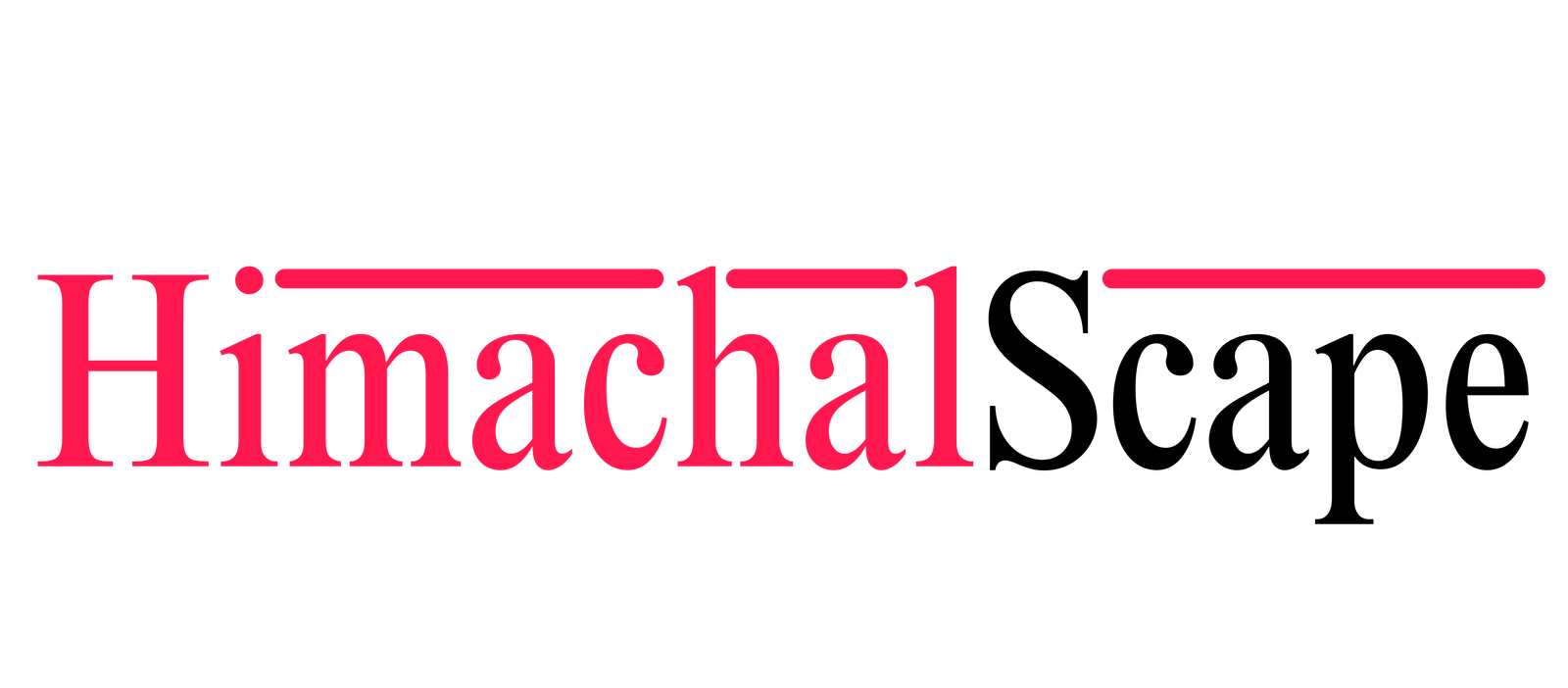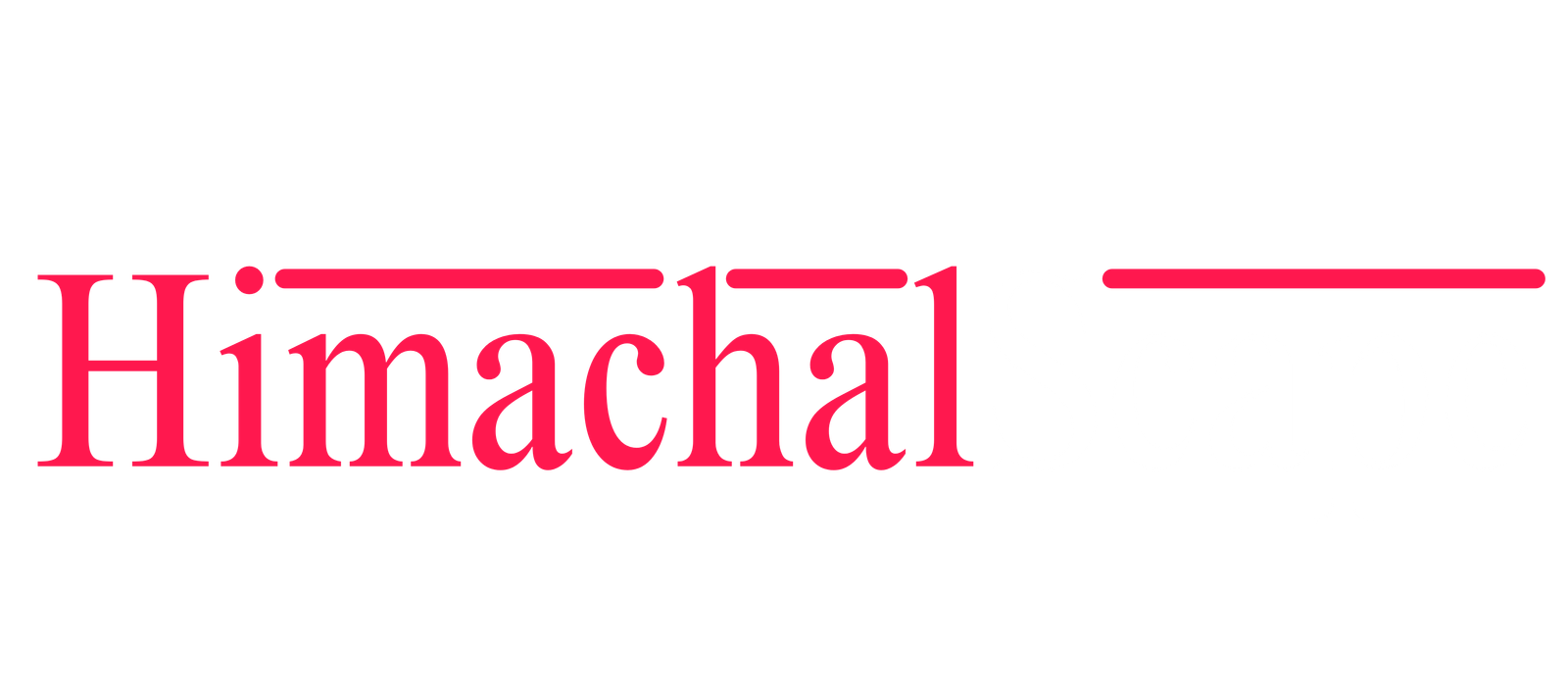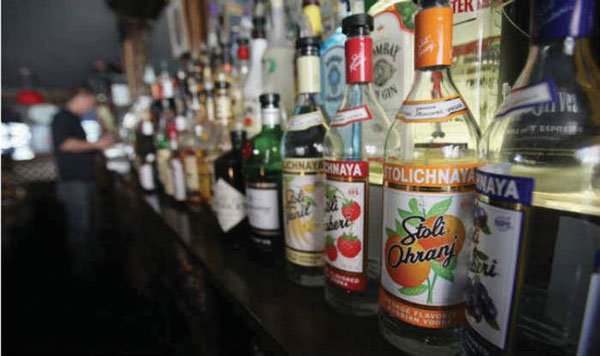Fund stripped Himachal Pradesh government in the bid to increase revenues from excise income year after year has been continually experimenting with the liquor policy.┬Ā Agreeably increasing excise revenues is a normal phenomenon, but only if done scientifically would not hurt any stakeholder. Or unless successive government are assuming liquor consumers and the ones in this business as easier targets, and thus are levying the entire burden on their shoulders.
The formula of minimum guaranteed quota has been applied by state excise departments of the country. Minimum guaranteed quota is the minimum stock of liquor which a liquor vendor has to buy from government. The state governments consider it an assurance of fixed revenue for the exchequer. The quota is raised on yearly basis, thus also increasing the excise revenue from sale of liquor for government. In 2016 after the Supreme Court directives to ban liquor vends within 500 meters of National highways, massive hue and cry arouse over this issue. Collectively state governments and liquor businessmen assumed that the apex court directive would hit the sale of the ŌĆśgrillŌĆÖ and thus affecting the formula of Minimum Guaranteed quota.
So as part of remedial move many state governments rechristened NHs to State highways, besides also introduced newer locations.┬Ā In Himachal Pradesh the previous Congress government went a step ahead to reintroduce/experiment Minimum Sale price (MSP). ŌĆ£Our duty is fixed on the sale on every bottle. The idea was also to ensure that the retailers do not supply spurious or adulterated product to consumers in the competition of selling on the lowest price. Hence, the policy was to ensure that they do not sell below a specified rate,ŌĆØ had disclosed an official in a media statement.┬Ā But the initiative boomeranged, largely because retailers openly started fleecing the customers in the absence of an MRP. Meanwhile the BJP government came to power and reverted to the older format of Maximum Retail Price (MRP).
Yet because this governmentŌĆÖs objective too was to increase of revenue from Liquor sale, they increased quotas for retailers. The minimum guaranteed quota in 2018-19 was raised to 21000000 for country liquor and 19000000 for foreign. In 2016-17 it was 1972586 for country liquor and 16890491 for foreign liquor. This move witnessed some protest from liquor vendors who displayed reluctance in picking up the government allocated quota or even applying for liquor vend. But the government managed the situation and relaxed condition of paying 100% advance against minimum guaranteed quota to 85%.┬Ā Now current year, the row emerged between bar owners and state excise. Along with increasing the minimum guaranteed quota for these bars, the government has also amended penalty guidelines. The government increased the yearly fees by Rs 1.25lac. The government had charged Rs 2, 50,000 as license fee in 2018-19. The same was increased to a whooping Rs.3, 75,000/- (L-4 & L-5 for Himachal Bars) for the year 2019-20.┬Ā In protest the bar association of Shimla has demanded reduction in license fee due to exorbitant annual fee hike (almost 700 % in last 7 years). Removal of minimum lifting quota adding there should not be a blanket quota for everyone. Thirdly they are demanding permission should be granted to buy Liquor from any L-1 unit or special rates should be fixed by the Excise Commissioner within the city to enable them take the advantage of being bulk buyers and therefore get wholesale rates.
Evident it is that the government wants increased revenue from liquor year after year but liquor merchants are also citizens of the state, and the business should remain viable for them, rued a liquor merchant.┬Ā┬Ā ŌĆ£Except for two to three liquor vendors most of the businessmen in Shimla have been suffering losses due to Minimum Guaranteed quota,ŌĆØ he added.┬Ā He explained that every year the quota is increased, along with fees. The liquor businessman ends making a stiff investment. And since the quotas are not fixed scientifically (More for where consumption is less or vice versa) so viability becomes an issue. ŌĆ£In fact the merchant is left with no other option than to promote bootlegging to recover investment. ŌĆ£But only if the quota can be fixed based on market research data (area wise/vend wise), the same can be ended,ŌĆØ he summoned.
ŌĆ£The last time any scientific evaluation (Based on a market survey) was done for fixation of Minimum guaranteed quota was in 2007,ŌĆØ informed a highly placed source in the department.
They agreed that a scientific evaluation was required on yearly basis for fixing minimum guaranteed quota of vends.┬Ā Even bigger states like Punjab realized this factor and had reduced quotas by 10% for two consecutive years.
Sources inform that on the lines even the state excise department had recommended reducing quota by 10% this year, but the cabinet disapproved it. Perhaps it is time the government should realize that a data based evaluation of liquor policy (Quotas/ fee fixation/etc) is the need of the hour. Correction might hurt the debt ridden state for year or two (revenue wise) but will streamline the process forever, with no scope of protest. Thus even bringing good for the end consumer, who can enjoy their quality drink at the best price.





